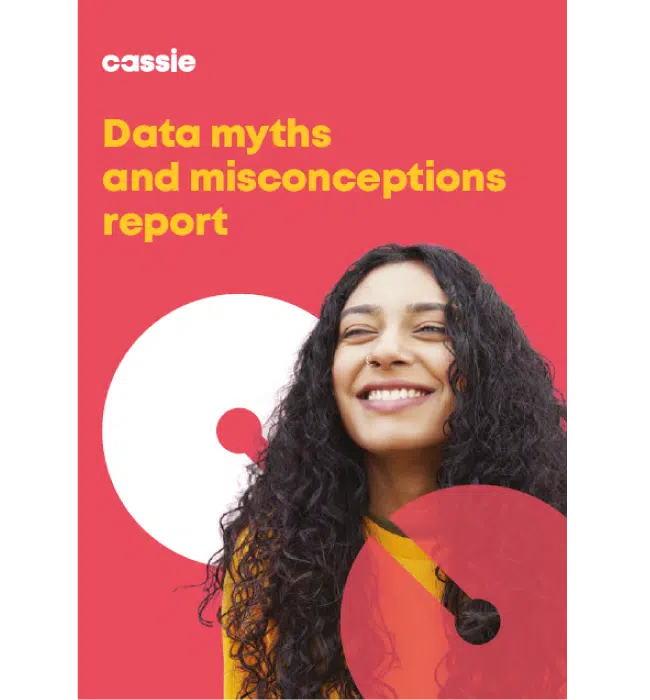Walled Gardens in Digital Advertising
Posted: November 2, 2022
A “walled garden” is a closed advertising ecosystem, where one player controls the data, technology, and sometimes even the content of advertising—then takes a cut of the ad revenue.
Walled gardens account for a large proportion of the huge digital advertising market. Total spending on digital advertising topped $139.8 billion in 2020—up 12.2% from the previous year.
While this growth was slightly slower than the 15.9% seen in 2019, the predictions of a retraction due to the COVID-19 pandemic were proven wrong. Digital advertising remains a huge and growing industry.
But some argue that the vast wealth generated in this sector is shared among relatively few players—and that upcoming policy changes could further consolidate power at the top.
This article will explain the concept of a “walled garden”, look at the pros and cons of using a walled garden for publishers, and consider whether those walls are likely to come down, or get higher.
How Walled Gardens Work
Walled gardens work differently depending on the platform. But they have one thing in common—one primary operator (namely Google, Facebook, or Amazon) has control over the means of advertising and the audience for publishers’ ads.
In exchange for providing viewers—viewers that, the operator promises, will be highly relevant to the publisher’s product or services—the walled garden operator takes a cut of the ad revenue and retains control over the audience.
Outside of walled gardens, independent adtech companies provide various advertising services and generally offer greater flexibility. Such companies include demand-side platforms (DSPs), supply-side platforms (SSPs), consent management platforms (CMPs), and ad exchanges.
Google and Facebook: an Advertising Duopoly?
Google and Facebook have been described as a “duopoly” due to their large shares of the digital advertising market. Arguably, these companies’ walled garden ecosystems are the key to their success in digital advertising.
The latest figures show that Google collected 27.5% of total digital ad spending in 2020, while Facebook accounts for 25.2%.
But other players are slowly making a mark on this industry—most notably Amazon, whose share of the digital advertising market was 10.3% in 2020, up from 7.8% in 2019. Chinese market entrants Alibaba and Tencent are also growing.
Walled Gardens: Pros and Cons
From the publisher or advertiser’s perspective, there can be advantages and disadvantages to using a walled garden platform for an ad campaign.
On the plus side, walled gardens present a simpler option for many businesses hoping to promote their brands. Facebook, Google, and Amazon have a lot of data on their customers, and this data should make it easy for them to target ads on a company’s behalf.
Targeting users across devices is also easier using walled garden platforms. Users sign into their Facebook, Google, and Amazon accounts across multiple devices and it is easy for these companies to determine who’s who, while independent adtech companies have to resort to fingerprinting.
On the other hand—these platforms are not very transparent. The algorithms walled gardens use to target users are proprietary and not shared with publishers.
Moreover, walled garden providers largely keep the details of who has viewed which ads private. Publishers are typically not allowed to upload or derive first-party datasets from walled garden ecosystems.
Taken together with the large cut that walled garden platforms take from advertising revenues, some companies find it preferable to advertise via independent adtech providers on the “open web”—that is, any online property not owned by a walled garden operator.
Are the Walls Getting Higher?
Google plans to eliminate third-party cookies in Chrome and replace them with a system that targets groups of users according to their interests (“Federated Learning of Cohorts” or FLoC).
Campaigners—including lobby group Marketers for an Open Web, which is leading several antitrust complaints against Google—believe that this move could further entrench Google’s market dominance.
However, Google has delayed its plans until 2023, and other smaller adtech firms are looking for solutions that could ensure greater variety among online advertisers despite Google’s proposed changes.

Download our data myths and misconceptions research report.
Read our report on data myths and misconceptions to gain insight into why online data security concerns US consumers.
This report covers
- An examination of the most popular data protection measures and their popularity among US consumers.
- Insights into the extent of awareness among consumers regarding the data collected by companies.
- An evaluation of whether US consumers stay informed about data privacy legislation.
- Strategies for businesses to build trust with consumers by demonstrating respect for their data.